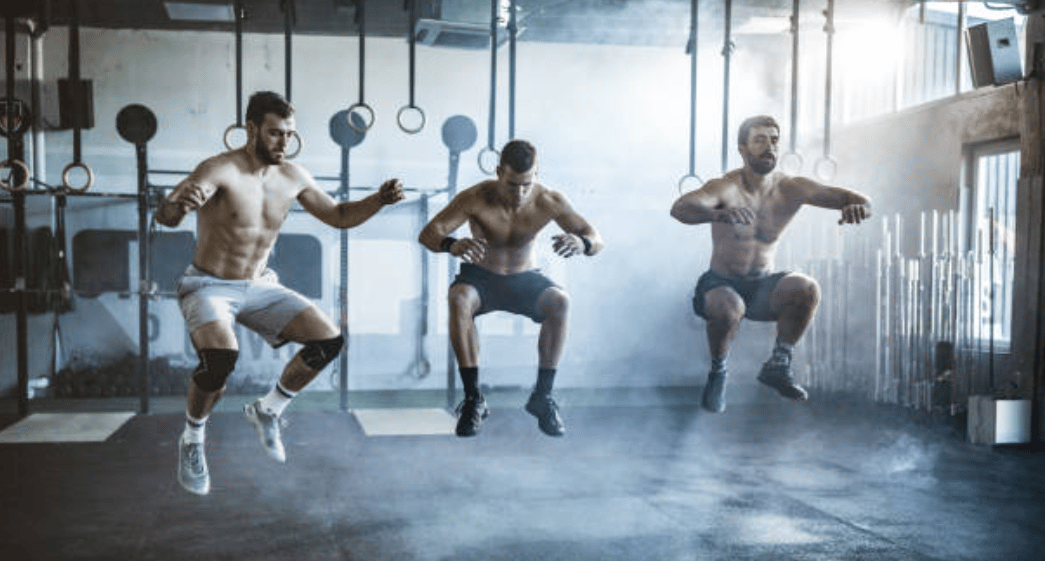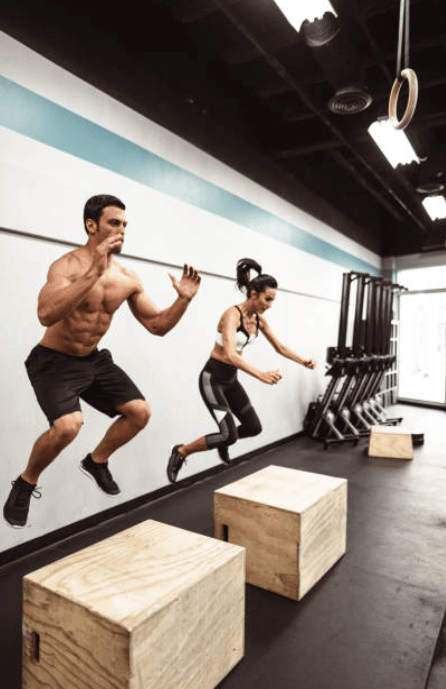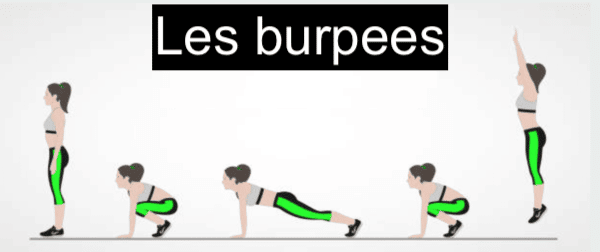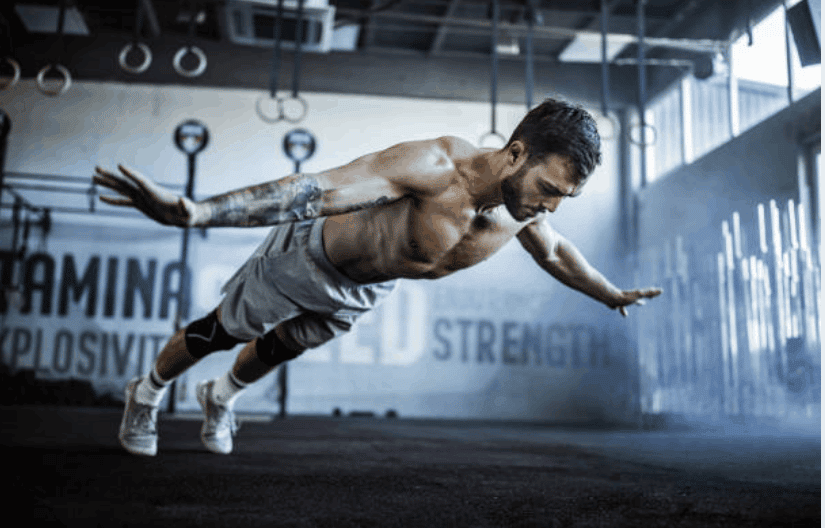Plyometrics is an essential training for athletes. Plyometric exercises allow you to gain power and muscle quality. The training works all the muscles of the body, without the need for equipment. Discover through this article the advantages and exercises of this method.
What is plyometrics?
It is a set of exercises that allows to increase the power and performance of muscles. Plyometric movements are widely used in the different types of sports training. The muscles stretch and shorten over a short period of time. For a plyometric contraction, the eccentric tension is directly followed by a concentric contraction, without a pause.
This type of work produces more powerful movements and increases the power of the muscles tenfold. However, this type of exercise does not increase the volume of muscle mass. This type of exercise allows athletes to increase their performance on the speed of start-up or on the explosiveness of each movement.
Why opt for plyometric exercises?
For high level athletes, plyometric exercises are automatically included in the their training programs. For the amateurs, it is good to know that this activity makes it possible to mobilize the whole of the muscles with intense and fast gestures. In athletics, it improves vertical relaxation, just like for basketball players.
The gluteal and leg muscles are used in plyometric movements. For starting tennis or athletics, this activity gives the muscles more explosive strength. The reaction speed of the muscles is improved with proper training.
How to perform a plyometric training?
Plyometrics is a method that sports coaches mastered perfectly. To perform the exercises properly, the assistance of a professional is recommended. However, these types of exercises do not use weights or other equipment. It is enough to know the right gestures and only the body weight is solicited. It is particularly suitable for the whole body, the legs as well as the arms can benefit from plyometric contractions.
To achieve the best exercises during this activity, it is important to respect the different levels of training. Thus, the progression of the jumps or the height of the falls will improve little by little without damaging the muscles. It should be noted that poorly performed exercises can lead to injuries to the muscles. Hence the importance of support in gyms, fitness centers and not only.
For long-lasting results, it is recommended to practice plyometrics with a complete weekly session, and this throughout the year. With such a rhythm, the contractions will optimize the power of the muscles without tiring them too much. Before a match or a competition, it is important to take a break of 15 days in order to cure aches and pains and other traumas. muscle fibres.
What are the benefits to the areas targeted by the plyometric exercises?
Plyometric contraction exercises optimize the ratio between weight and power. They are used to improve muscle quality without increasing muscle mass. The power of each muscle can be increased tenfold if the training conditions are respected. There are different types of plyometric exercises and they correspond to each part of the body.
Jumping rope to work the calves
The skipping rope allows you to target the muscles of the lower body, particularly those of the calves and soleus. Jumping rope exercises improve muscular endurance. It is also recommended to avoid cramps at the end of an intense physical activity. During the descent, the supports such as the ankle will be solicited. The latter will benefit from these movements to improve their power and speed.
This is the jump rope I recommend.
Since there are no breaks during the ascent and descent, the intensity of each exercise is different depending on the level of the athlete. The hopping with a skipping rope is a variation that requires more plyometric contractions. A beginner should jump with feet together and gradually increase the duration and intensity of the jumps. It should be noted that if these contractions are practiced for too long, the appearance of aches and pains such as tendonitis or others are inevitable.
A coach is one who knows how the muscles react at all levels of training and according to morphology of his student. For an intermediate level, a 15-minute non-stop session with the skipping rope is more than sufficient. Jumping rope is a complete physical activity, it works the abdominal muscles, arms and shoulders. For more efficiency in the gestures with the rope, it is important to weight the wrists and to choose a heavier rope.
Plyometric push-ups to work the arms and forearms
In the list of plyometric exercises, push-ups are among the most commonly used by athletes. These types of push-ups work the upper body and strengthen all muscles. The biceps, triceps and even the back muscles are used to improve posture. It is important to note that plyometric push-ups are different from traditional push-ups.
They improve power and give the muscles explosiveness. These are jumping push-ups and claping push-ups. However, it is important to know the correct movements so as not to damage the muscles involved. Such work improves the muscles of the arm and forearm. These muscles are neglected in running training, but their help is invaluable for improving sprints.
Pull-up exercises with the bar for an optimized power
Barbell pull-ups use plyometric contractions to gain maximum power. It consists of performing the ascent and descent in a short period of time while using a lot of strength during the bending movements. The ascent is fast and is carried out without any stop as soon as the arm is stretched.
With barbell pull-ups, eccentric and concentric contractions are used to their fullest potential. However, the muscle stretching phase and the shortening phase must be performed with the correct movements. The support of a sports coach is recommended for all amateur and professional athletes during training sessions.
Do you want a complete bodybuilding program to follow?
Other articles to read:
How to build muscle with rubber bands?










